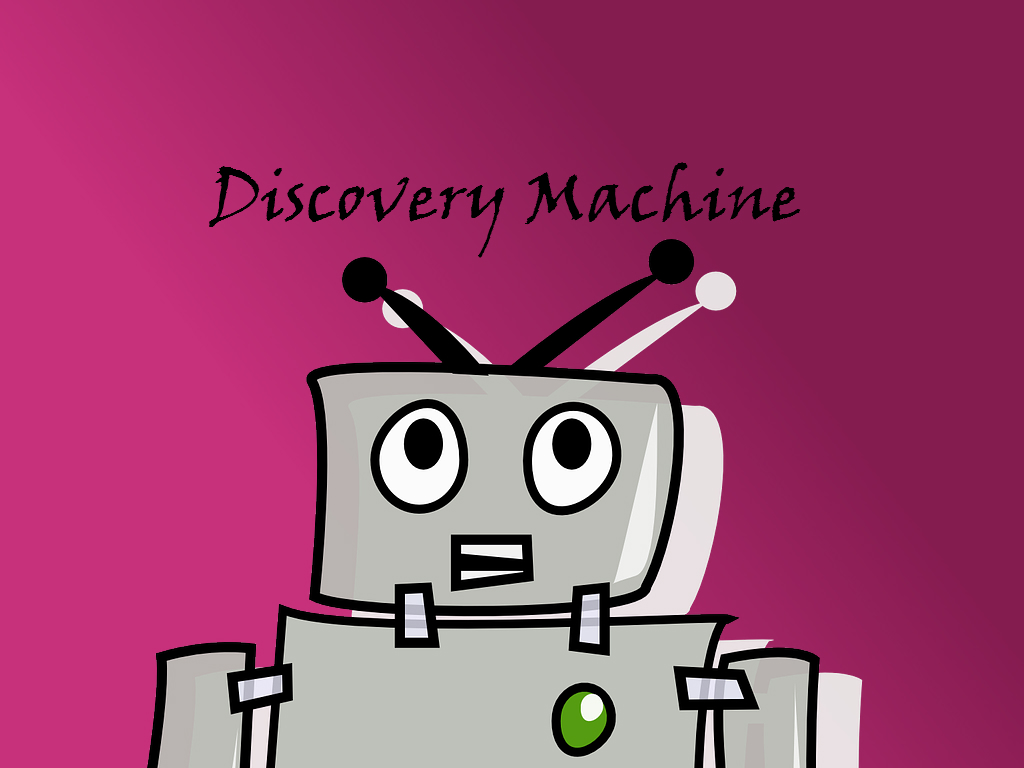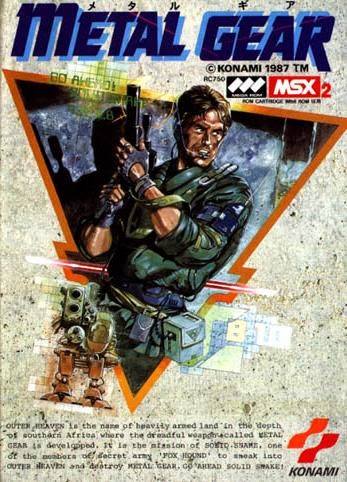Release Year(s): 1989, 1993, 2000
Rating: Everyone
Current Amazon Price: $80.00 (NES), $50.00 (SNES), $299.98 (GBC)
(Please keep in mind all listed prices are for new or like new products. Buying used will significantly lower price.)
The Skinny:
This granddaddy of JRPGs, while not unplayable, is a relic of an age gone by. With very little story to speak of and gameplay that is 90% grinding very few modern gamers would enjoy this experience. However, hardcore fans of the genre may find some historical enjoyment in experiencing what many consider to be the genesis of the turn based JRPG.
The Meat:
Not too long ago I did a review of the original Final Fantasy. While that game and series was instrumental in forming the genre we now know as the Japanese Role Playing Game, there is another series which is perhaps even more instrumental. That series is Dragon Quest (known here in the states as Dragon Warrior until its eighth iteration). As an amusing side note, the reason for this name change is kind of a funny story. In the United States there was already a pen and paper RPG series with the name Dragonquest, so in order to not violate United States copyright law the name of the game had to be changed. It seems U.S. copyright law being a convoluted quagmire of handcuffing rules and annoying regulations is nothing new. Anyways, back on topic, published by Enix, this original game in that legendary series had random encounters, turn based combat, an overworld map, grinding for experience and gold, and talking to npc's (non-playable characters) to figure out where to go next and what to do. Basically, all the core elements that are so standard in modern JRPGs were popularized right here, albeit in a much more simple form. Dragon Quest would go on to release 10 more games in the main series across many different platforms, much like Final Fantasy. In fact, in Japan Dragon Quest is on par with Final Fantasy for rabid fandoms. Before taking a look at some of the later entries, some of which are among my favorite games ever, let's dig up this old dinosaur and see how it holds up.
The game opens with the King informing you that you are a descendant of the Legendary Hero Erdrick, who fought demons in ages past using a ball of light. Then the Dragonlord came, stole to ball of light, and hid it away in the darkness. It is your job as the descendant of Erdrick to defeat the evil Dragonlord. That is basically the extent of the story that is present in this game. There are a few more details that you uncover if you talk to every single npc, but the overall gist of it is found in these few sentences. And while its not the most enthralling story ever, I kind of like it for its simplicity. Here's this evil things. Go kill it. It's kind of refreshing in its own way after some of the convoluted messes I've seen in some more recent JRPGs. However, while the story may be refreshing in its simplicity, the gameplay is not.
Doing any kind of action in this game is incredibly cumbersome. Your character moves slowly and there is no run button. This wouldn't be a problem if all of the areas weren't so maze-like and sprawling. Secondly, once you manage to actually get to where you are going interacting with objects or people is more difficult that it should be. In most games, you would push the A button to interact with someone or something like a treasure chest. Not this game. When you press A a menu pops up with the options talk. status, stairs, search, spell, item, door, take. This means that to talk to people, you have to stop in front of them, open a menu, and select talk from the available options. Same with using stairs or opening a door, Nothing is automatic. You have to manually tell the game exactly what you want to do at all times. While this may seem like a small annoyance, it becomes frustrating after the 200th time you have to do it just to go up or down some stairs.
Once you manage to navigate your way out of the starting castle you will find yourself on the overworld and more than likely entering your first battle immediately due to the extremely high encounter rate. Battles in Dragon Quest consist of simple turn based 1v1 combat. It is your hero vs one monster and you take turns whacking each other until one of you dies. If its the player that dies you are revived by the king back at the starting castle with half of your gold gone. If it is the monster that dies then you are rewarded with tiny amounts of gold and experience. And here is where one of my major beefs with this game comes in. The reward you get for killing monsters is far far too low, leading to excessive amounts of grinding. And I really mean excessive. As a fan of JRPGs, I'm used to grinding and usually it doesn't bother me. However, this game takes it to a whole new level. You have to grind for upwards of 2 hours on level 1 monsters outside the starting town just to get enough gold to buy the basic starting equipment. And that is basically the entirety of the game. The monster level jump between towns is massive, so unless you've ground up enough money to buy the best available equipment from your current town you won't stand a chance. On the subject of equipment, this is another area where the game isn't very user friendly. There is no way to tell how a new piece of equipment will affect your stats or combat effectiveness in the shop. You just have to guess, based on the name and price, whether the equipment will be better than what you're wearing. Sometimes this is obvious, like the sword of fire is probably better than this dagger I'm using. However, if you're wearing the mirror armor and you see the holy armor on sale for 100000 gold in a shop, you have no way of knowing if that armor is better than what you're currently wearing and worth saving up for. It can be very frustrating to grind for 3 hours to afford equipment that is equivalent or only marginally better than what you have currently.
On a more positive note, the music is quite nice, especially considering how old the game is. Before doing the playthrough for this review, I hadn't played this game since I was a kid. Immediately when I started the game the music in the castle took me back to playing this on the NES in my grandma's basement as a child. I remembered every note from the town music, the castle music, and the overworld theme. It was a really fun experience and a testament to how well done the tunes were that they stuck with me for more than 10 years. While there are only 4 or 5 different tracks in the whole game they are all enjoyable and entertaining.
The Bottom Line:
While not a terrible game, Dragon Quest is just old. The frustrating mechanics are tolerable for a few hours, but after a time begin to really bog the experience down. From the archaic interaction system to the extreme level of grinding required to do anything at all the game just screams ancient. If you're like me and a huge fan of JRPGs and want to experience a little piece of gaming history, or if you played it when you were younger and are looking for a nostalgia trip then you may be able to glean some enjoyment out of the experience. Otherwise my recommendation would be to look elsewhere for your JRPG fun, because this old dinosaur is long since dead.














